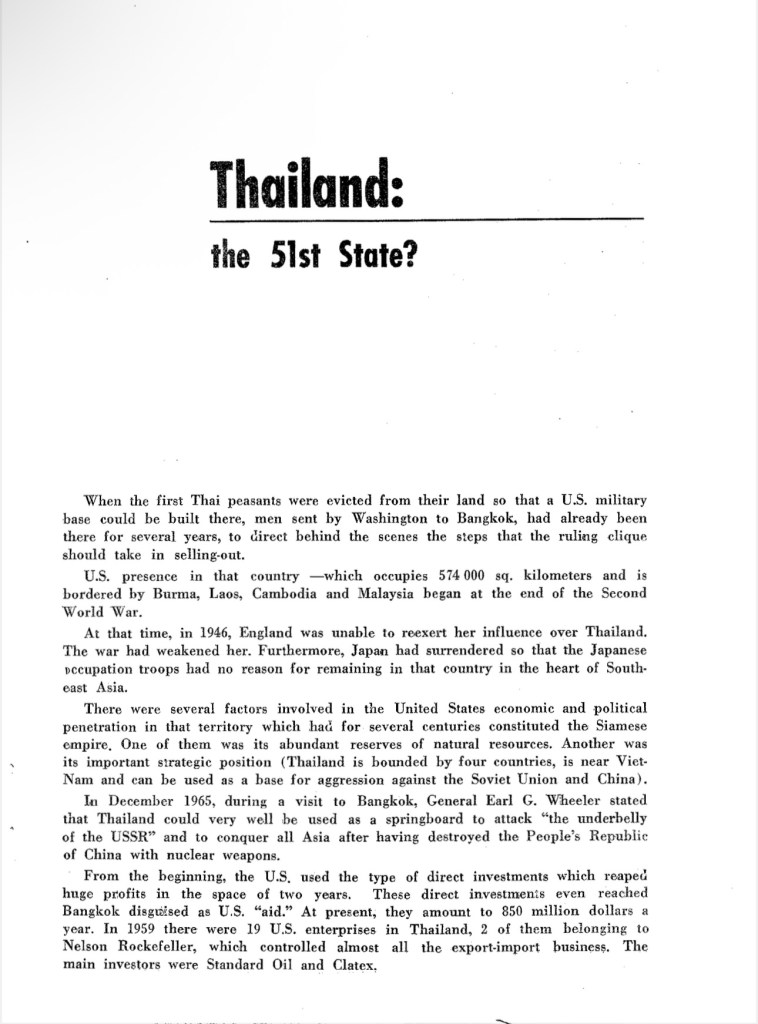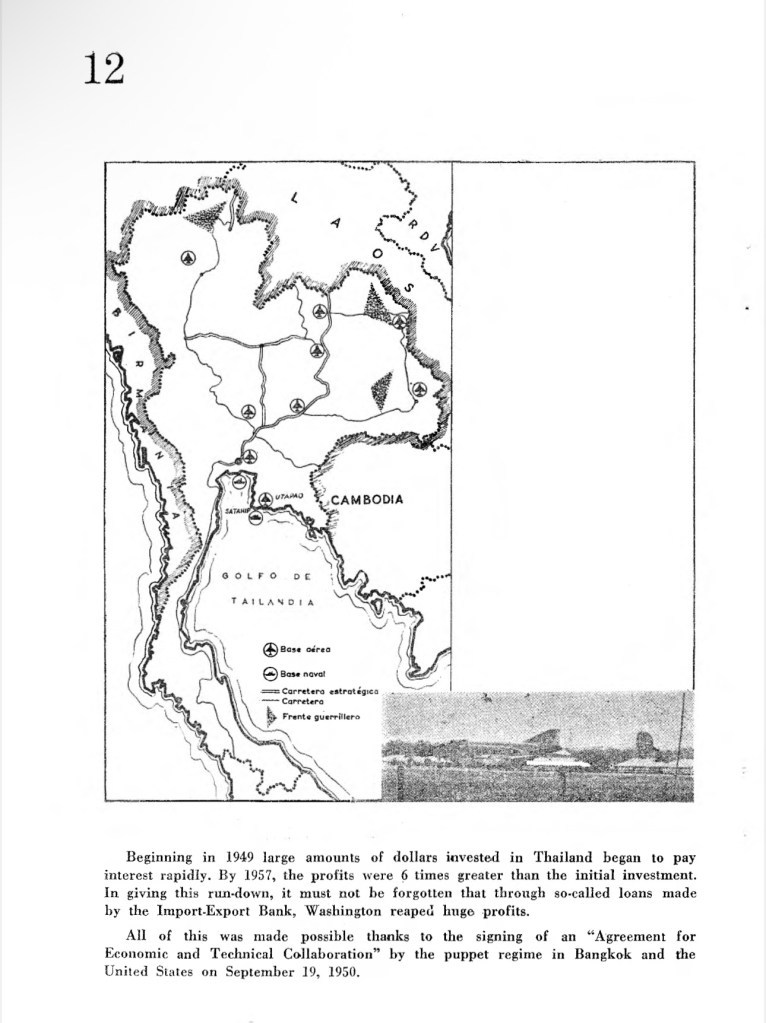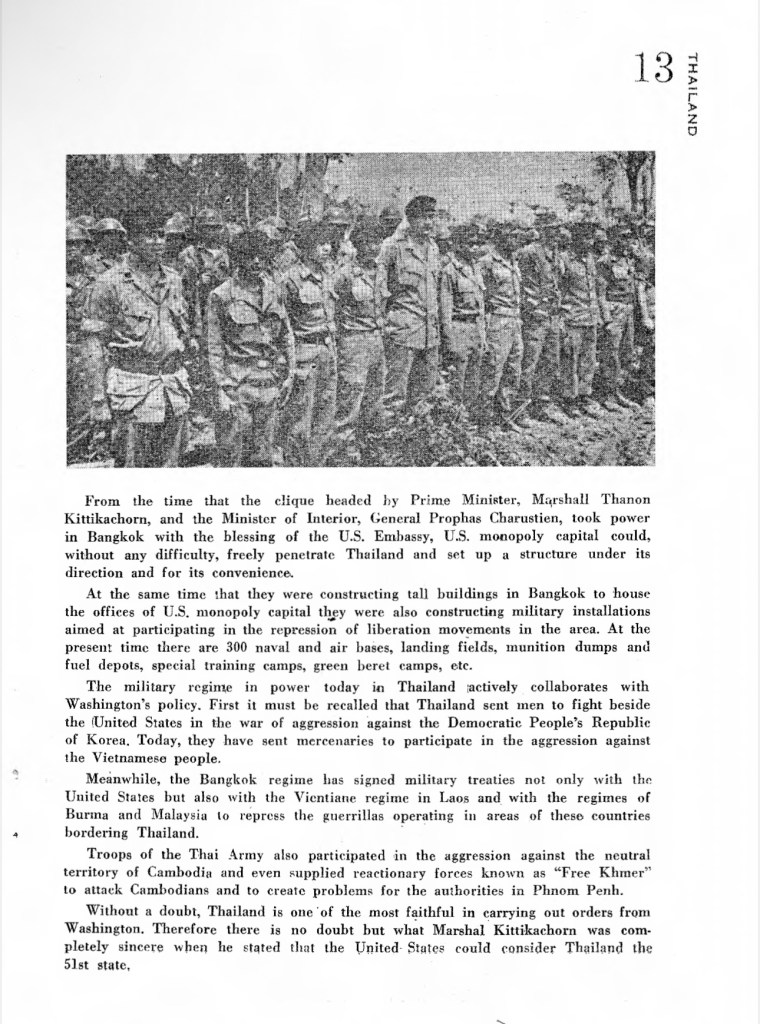US-Funded Riots Target Indonesia (or, NED is Alive and Well…)
US Secretary of Defense Pete Hegseth said in May during the Singapore-based Shangri La Dialogue the US would focus more on the, “Indo-Pacific” region after years of distractions waging war and regime change elsewhere around the globe.
Source: Remarks by Secretary of Defense Pete Hegseth at the 2025 Shangri-La Dialogue in Singapore (As Delivered)
Since then, there has been a border war between Thailand and Cambodia precipitated by US-backed politicians on both sides of the border, and now violent “student protests” in Indonesia similar to US-sponsored riots in Hong Kong and Thailand in recent years.
Known Western government funded (including US NED-funded) media organizations, “rights groups,” and others (like Remotivi, Project Multatuli and Jakarta Legal Aid) in Indonesia are openly backing the protests and attacking the current government.
Sources: Project Multatuli admits on its site collaboration with Open Society and a variety of NED-adjacent funding tools used by the US for political interference worldwide: Collaborations
Remotivi and Project Multatuli are both mentioned as being disrupted by temporary NED funding freezes earlier this year: ‘Without us, no scrutiny’: Indonesia’s independent media count cost of US funding cuts
Their social media presence has spent the duration of the protests condemning the government and police and encouraging unrest. The same formula of violent protests forcing police responses, leading to injured or dead protesters, thus increasing the size and violence of the protests is in motion. The same US color revolution gimmicks – using colors, flags, pop culture symbols for protest branding are also being used. In Thailand it was the “Hunger Games” and “Harry Potter,” in Indonesia, the BBC boasts of “One Piece” pirate flags being flown.
Source: How a cartoon skull became a symbol of defiance in Indonesia
The goal at best is to install a client regime willing to transform Indonesia into a Ukraine-style battering ram against China, and at a minimum, destabilize the nation and reduce its utility in both China’s and all of Asia’s rise.
Brian Berletic: Twitter
Previously:
Tensions soar across Indonesia as protests against police erupt in multiple cities
Thai-Cambodian Conflict Only Suits American Interests




You must be logged in to post a comment.